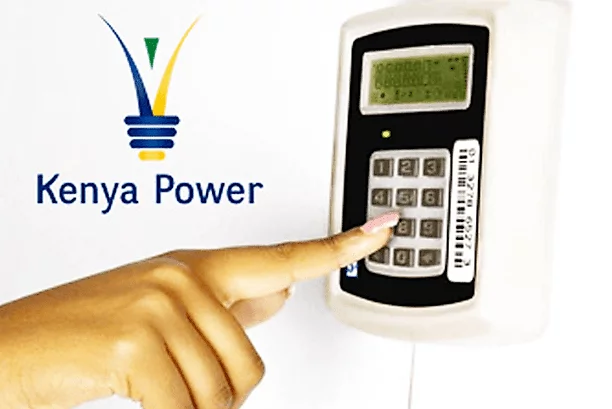Electricity prices are set to increase by 63 per cent across all consumer categories, starting from April 1st.
This will have a significant impact on households that are already struggling with the high cost of essential goods.
Although the authorities have reduced the threshold for the subsidised consumer band known as the lifeline tariff, to cater to consumers using only 30 units of electricity per month, thereby locking out millions from the category.
Consumers under the lifeline band will still pay a basic energy charge of KES 12.20 per unit of electricity that they purchase starting next month, according to the new tariff announced by Epra.
The primary energy charge constitutes the cost of power before taxes, levies, and pass-through costs, such as fuel, forex, and inflation costs are loaded.
The upcoming tariff, set to be implemented after the latest review by Epra, will result in a significant 58 per cent increase in electricity prices from the current rate of KES 7.70 per unit.
This rate was put in place at the start of last year after a Presidential directive aimed at reducing the cost of power by 15 per cent. Additionally, this new tariff marks a 22 per cent increase from the base energy charge under the 2018 tariff, which was considered the benchmark for the current review.
Furthermore, Epra has also introduced a new tariff category, namely the Ordinary Domestic Consumer One, aimed at households consuming between 31 and 100 units.
This new tariff will see households paying a basic energy charge of KES 16.30 per unit, which is a significant increase from the previous domestic lifeline tariff that had them paying KES 10 per unit under the 2018 tariff or KES 7.70 per unit under the 15 per cent reduced tariff.
The DC2 category, which includes households consuming more than 100 units of electricity per month, will now be charged an energy rate of KES 20.95, representing a 66% increase from last year’s discounted rate of 15%, where consumers paid KES 12.6 per unit. This new rate is also 32.5% higher than the 2018 tariff of KES 15.80 per unit.
Additionally, micro and small businesses have been categorized as Small Commercial Lifeline, SC1, and SC2, with tariff charges that correspond to the domestic consumer categories.
According to Daniel Kiptoo, the Director General of Epra, even though the basic fee has increased, the regulator has restructured the fuel and foreign exchange cost adjustment, resulting in a reduction in the total power cost (including taxes, levies, and pass-throughs) for subsidized domestic and small commercial users.
Overall there is a four per cent reduction for the most vulnerable in society but for the energy charge rate, there is an increase from KES 10 in 2018 to KES 12 in the new tariff. Overall, however, there is a reduction in the all-in cost of power, which includes taxes, levies and pass-throughs.
Daniel Kiptoo – Director General of Epra
According to Epra, the reduction in electricity prices is attributed to two factors. Firstly, the rebasing of the Fuel Cost Charge has resulted in a pass-through decrease from KES 8.30 per unit in March to KES 3.30 per unit in April.
Secondly, the decommissioning of two thermal power plants has led to lower fuel costs as they are being replaced by renewable energy sources.
Furthermore, commercial consumers will also experience an increase in power costs. The CI1 category will pay an energy charge of KES 14.70 per unit, up from KES 12, while the CI5 category, which covers very large manufacturers, will pay a basic energy charge of KES 12.12 per unit, up from KES 10.10 in the 2018 tariff.
These categories of industries are classified based on their usage, with very heavy power users paying relatively lower charges.
Read Also: Electricity Prices Rise 10% on Weakening Kenyan Shilling




